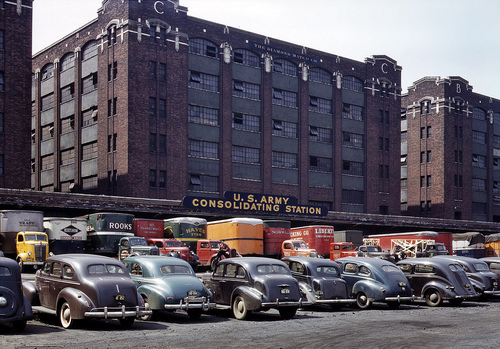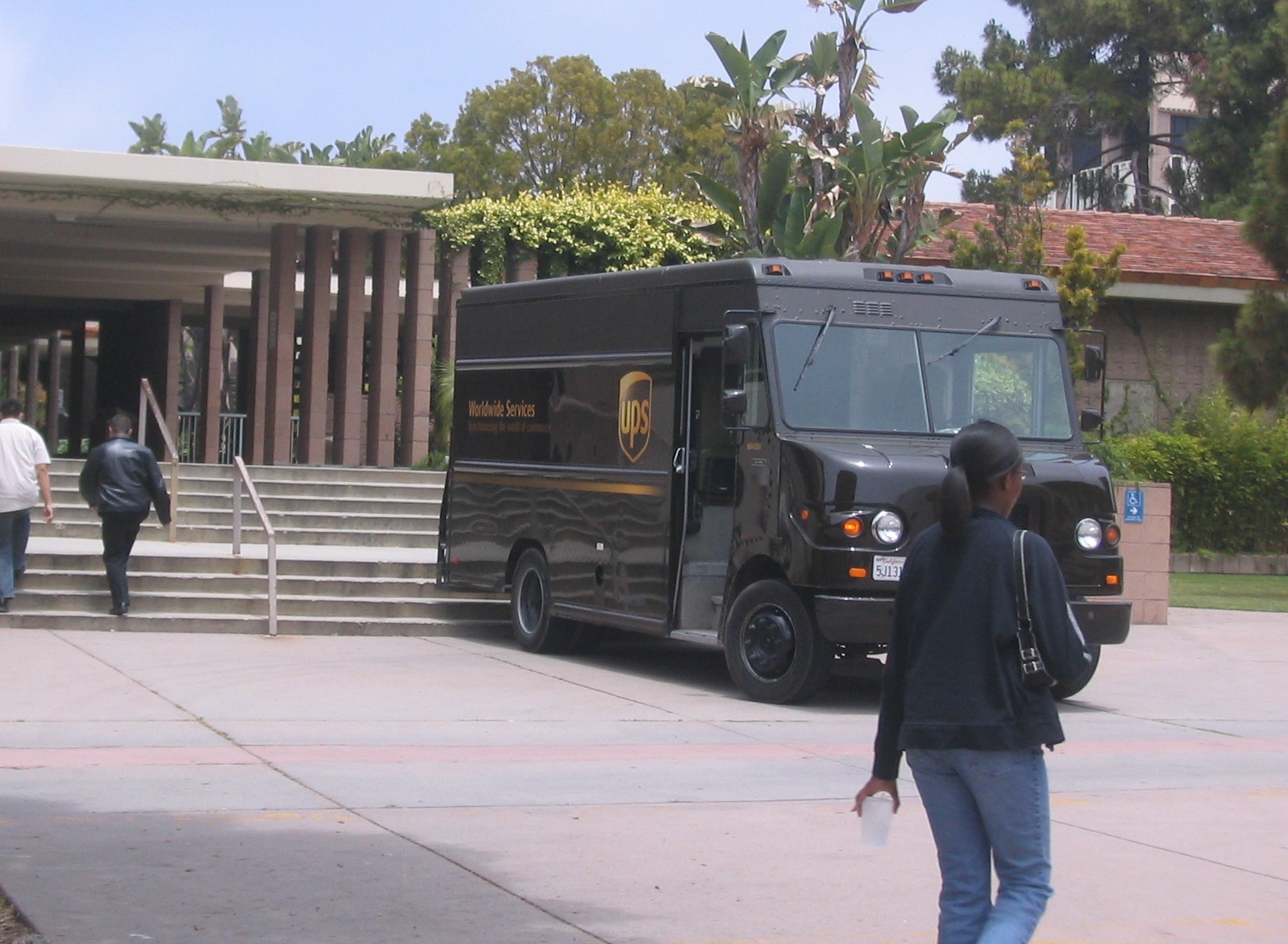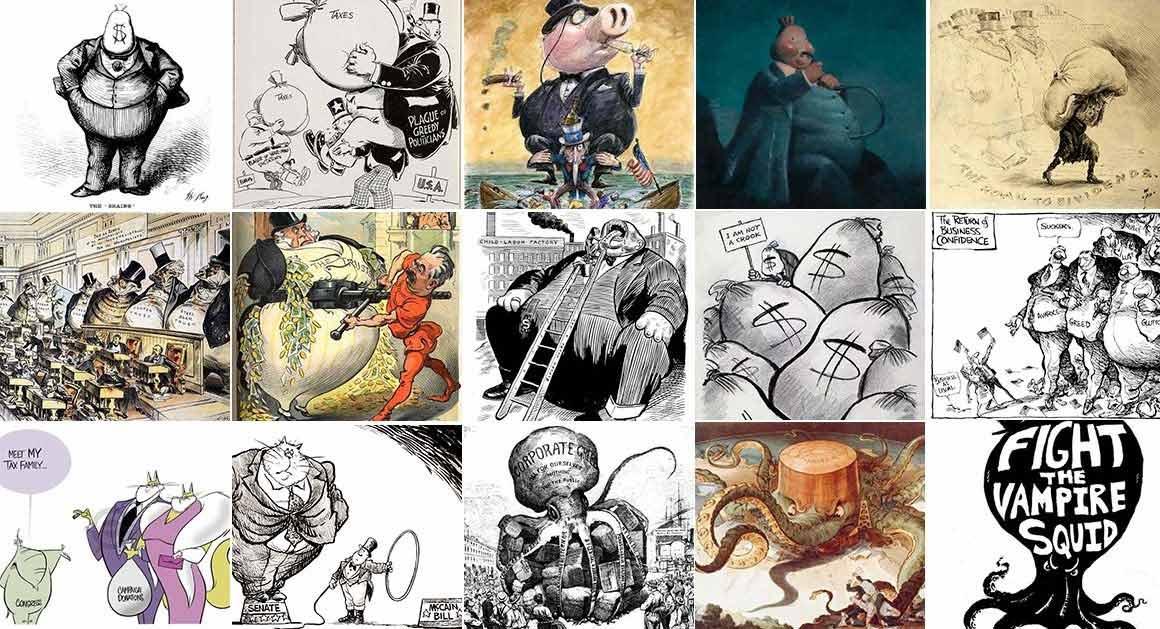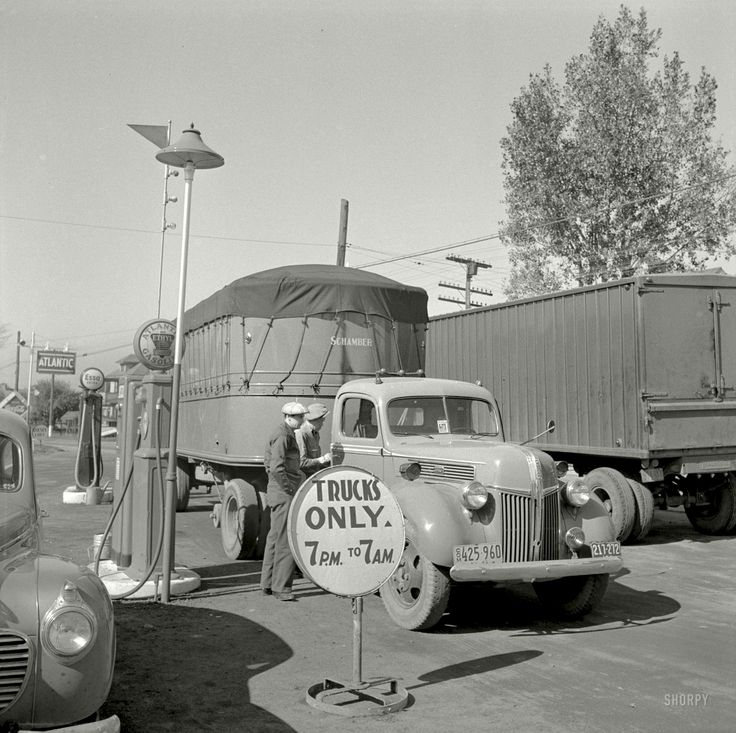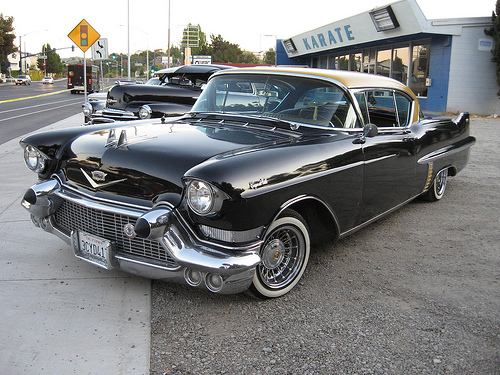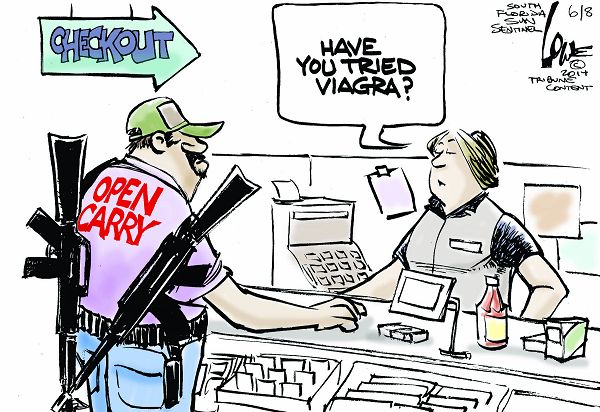Tag Archives: Teamster contract
Back when trucking was competitive…
Park Close
If Only This Kind of Thinking Was Really Happening
Ultra-rich man’s letter: “To My Fellow Filthy Rich Americans: The Pitchforks Are Coming”
Very interesting reading.
Gimme 2 bucks worth….
New Uniforms Coming?
With style
UPS Drivers Who Avoid Accidents for 25 Years Get Arm Patch and Bomber Jacket
Chadd Bunker says his friends and relatives tell him he drives like an old man. Roll through a stop sign? He would never do that. Exceed the speed limit? Not on your life. He makes three right turns to avoid a left. He can be annoying.
But Mr. Bunker, who is only 48 years old, is no ordinary driver. He recently became one of the proud, lucky few to reach the delivery driver equivalent of Eagle Scout—the United Parcel Service Inc.’s Circle of Honor.
The award goes to those who manage to drive their big brown trucks without having an “avoidable” accident, for years and years. That isn’t easy since UPS considers nearly every kind of accident avoidable. A scratch on the truck while backing up, or a tree branch hitting the vehicle and breaking a mirror, they both count as accidents that might have been avoided.
Drivers who make it through 25 years are honored with a little ceremony, a patch on their sleeve documenting the number of accident-free years and the ultimate king-of-the-road status symbol: a bomber jacket.
UPS is driven by its safety culture. New drivers at the 107-year-old company are required to attend intensive, weeklong training courses, informally dubbed “Quaker boot camps” that emphasize ethics and safety.
It isn’t the only company to toot its horn for safe drivers. PepsiCo Inc.’s Frito-Lay honors its million-mile safe drivers at an annual awards gala at its headquarters in Plano, Texas. The achievement typically takes 12 years. Con-way Inc., in Ann Arbor, Mich., bestows a class ring on its two-million-milers, who also get an embroidered jacket and business cards. Waste Pro USA Inc., in Longwood, Fla., awards its garbage truck drivers $10,000 for three years of spotless work. Spotless has three components: a positive attitude, good attendance and no accidents. UPS-rival FedEx Corp. gives awards too, recognizing employees after each year of safe driving.
For UPS drivers, the road to glory is very hard. UPS drivers must memorize the company’s more than 600 mandatory “methods.” These include checking the mirrors every five to eight seconds, leaving precisely one full car length in front when stopping and honking the horn just so: two short friendly taps, no blasting.
There are all sorts of potential hazards. In Ketchikan, Alaska, for instance, Tom Fowler, 53, dodges black bears and deer on a regular basis. In the snow and ice, he parks, then pulls a sled of packages a quarter mile up narrow roads on steep, slick hillsides to avoid the possibility of a vehicle accident. He became the first Alaskan driver to make the circle of honor in January.
“When you’re out delivering, it’s not unusual to see bears, black bears. People do hit ’em,” Mr. Fowler said. It’s “a big crash if you hit a bear.”
About 1,500 were inducted into the circle in 2013, and a mere 7% of the 102,000 UPS drivers on the road are members.
Drivers agree the most impressive record belongs to Ronnie McKnight, who has driven safely for 46 years in New York City, dodging aggressive taxi drivers and parking precariously on a daily basis. Mr. McKnight, 71, learned to drive slowly on a tractor at age 11. Now, he says, his secret is “patience. Don’t be in any rush to do anything.”
Lately, UPS actually has been pushing its drivers to speed up, while still adhering to the rules. Thanks to the boom in e-commerce, drivers say they’re delivering more packages than ever on the same routes. Average daily package volume has grown 12% over the past five years, while the number of drivers has stayed roughly the same, according to the company. Some drivers complain privately that the company’s expectations for safety and efficiency can be contradictory. “The job can be done as efficiently as we’ve designed it, and safely, if you follow the methods,” says UPS spokesman Dan McMackin, who used to be a driver.
Tom Camp, 73, is the company record holder for 51 years of safe driving—in Michigan, of all places, a state snow- and icebound several months of the year. He has no plans to retire. “Every day is a challenge out there,” he says. “It takes your full concentration, all the time.”
Still, it’s all too easy to hit a bump in the road—or a chain-link fence. That’s what happened to Rui Sousa, a 49-year-old Providence, R.I., driver as he tried to turn around at the end of a dead-end street in 2003. He scratched his vehicle and wiped out a perfect 15-year, six-month-record. His heart sank.
“It’s hard to swallow when you go that many years and then, boom, there it all goes,” he said.
Luckily, UPS allows for detours. If a driver has an accident after five years of safe driving, the clock is set back by at least a year, but the previously accumulated years still count toward the final tally. Before five years, drivers go back to zero.
Mr. Sousa was set back by 18 months. He now takes extra care when backing up, often getting out of the vehicle to check whether he has enough space.
In October, after another 10 years of safe driving, he finally made it to 25 years. He now parks in a reserved front-row spot at his building. As part of the award ceremony, his brown jersey was retired to the rafters of the building, where it dangles as inspiration for younger drivers with a dozen others. He now has a new shirt with a small, round sleeve patch with the number 25 on it.
Drivers have a choice between a camel-hair blazer and a leather bomber jacket as their prize. Mr. Sousa chose the bomber jacket. “I wear it on special occasions,” he says. People “think it’s very cool.”
Texas Style
UPS in Lexington accused of racial bias in lawsuit filed by 8 past, present employees
Eight current and former United Parcel Service employees in Lexington have filed a lawsuit against UPS, alleging racial discrimination.
The employees, who are black, say in the lawsuit filed Friday in Fayette Circuit Court that they have been subjected to racist comments, disparate treatment based on race, and retaliation after they complained. The lawsuit also describes an incident in which an effigy of a black UPS driver was hung from the ceiling outside the managers’ offices for four days.
The suit names UPS and three of its managers — James Michael Mattingly, David Kleckner and Elizabeth Speaks — as defendants.
“We believe the allegations are unfounded,” UPS spokeswoman Susan Rosenberg, who works out of the company’s Atlanta headquarters, said Monday. “We take it seriously and we investigated it, and that was done when this was first called to our attention.”
The employees — William Barber, Jeffrey D. Goree, John J. Hughes, David W. Young, Curtis A. Weathers, Lamont Brown, Glenn D. Jackson and Donald L. Ragland — contend in the lawsuit that they “endured severe and pervasive comments, intimidation, ridicule and insults while working at UPS.”
Examples cited in the suit included “referencing an African-American employee as a ‘jungle bunny,’ stating to an African-American employee that his prostate cancer is a ‘black disease,’ remarks likening an African-American employee to a ‘monkey'” and other comments.
The employees say that after they went to human resources with their concerns, they were retaliated against by managers who did “extended ‘ride alongs'” with them on their delivery routes “as a subtle means to intimidate and punish the plaintiffs for raising these issues.”
They say they also were punished more severely than white employees for “alleged workplace infractions.” Two of the employees were fired; two others resigned, which the lawsuit says constitutes “constructive discharge.”
The lawsuit says that on Aug. 9, 2012, one of the managers made a dummy in a UPS uniform with a dark brown toboggan as a head and it hung from the ceiling until Aug. 13, 2012.
The dummy’s hands and one foot were tied to a ladder to demonstrate the “three points of contact” that employees should have when using a ladder. Twine was tied around the dummy’s neck and to the ceiling to “prevent the dummy from falling forward,” the lawsuit says UPS claimed.
Later, the ladder was moved and the dummy hung from the ceiling with a handwritten note that read, “no hangings please.”
Rosenberg said UPS “fundamentally disagrees with the allegations and claims that were made that a safety demonstration was held with any intent to be offensive or discriminatory. Safety is an important focus for UPS.”
She said the figure was intended to “prevent our drivers from having any injuries” by providing a visual illustration.
Luke Morgan, the attorney representing the eight men, said the effigy “had racial overtones. That clearly was understood and seen by the employees.”
“They just reached a breaking point at UPS and couldn’t take the conditions there anymore,” Morgan said. “The dummy hanging from the ceiling was just what tipped the scales to take public action.”
The employees have filed a complaint with the Equal Employment Opportunity Commission, the suit states.
Weathers, one of the plaintiffs, who has worked for UPS for nearly 37 years, said there was “a little more animosity” now than there was when he started.
“Management has some favorites, I guess,” he said Monday. “We’ve been treated a little bit different.”
For example, Weathers said, a white driver had been stopping at Jellico Mountain every day and sleeping for an hour, and no one in Lexington noticed until someone at the corporate level asked about it.
In contrast, Weathers said, he must strategize when and where to stop to take a bathroom break because management wants drivers to spend no more than six to eight minutes outside the truck to go to the restroom. Sometimes, he said, there might be a wait for a stall, or he might have to walk across a big parking lot at a truck stop. Plus, Weathers said, he has high blood pressure and diabetes, which means he needs to stop more frequently.
“It’s just little things like that that kind of irks you,” he said. “You can’t see the big gap, but you can see the little gap.”
Weathers said he was fired by UPS on May 1, after the second of two trailers he was pulling overturned as he was driving down Jellico Mountain.
Weathers said it was the first time he had driven that particular rig, a newer model with features he was not accustomed to.
“I’ve come down that mountain 27 years … I’ve never had one of the trailers do what that one did,” he said.
Weathers was reinstated later in the month, after the union became involved. He said he thought white drivers in similar situations had been brought back to work by UPS within two or three days of such an incident.
Weathers said he hoped the outcome of the lawsuit would be a workplace where employees were supervised more equally.
“I would like to see more togetherness,” he said, “to be able to sit down and talk about this, being fair.”
By Karla Ward


